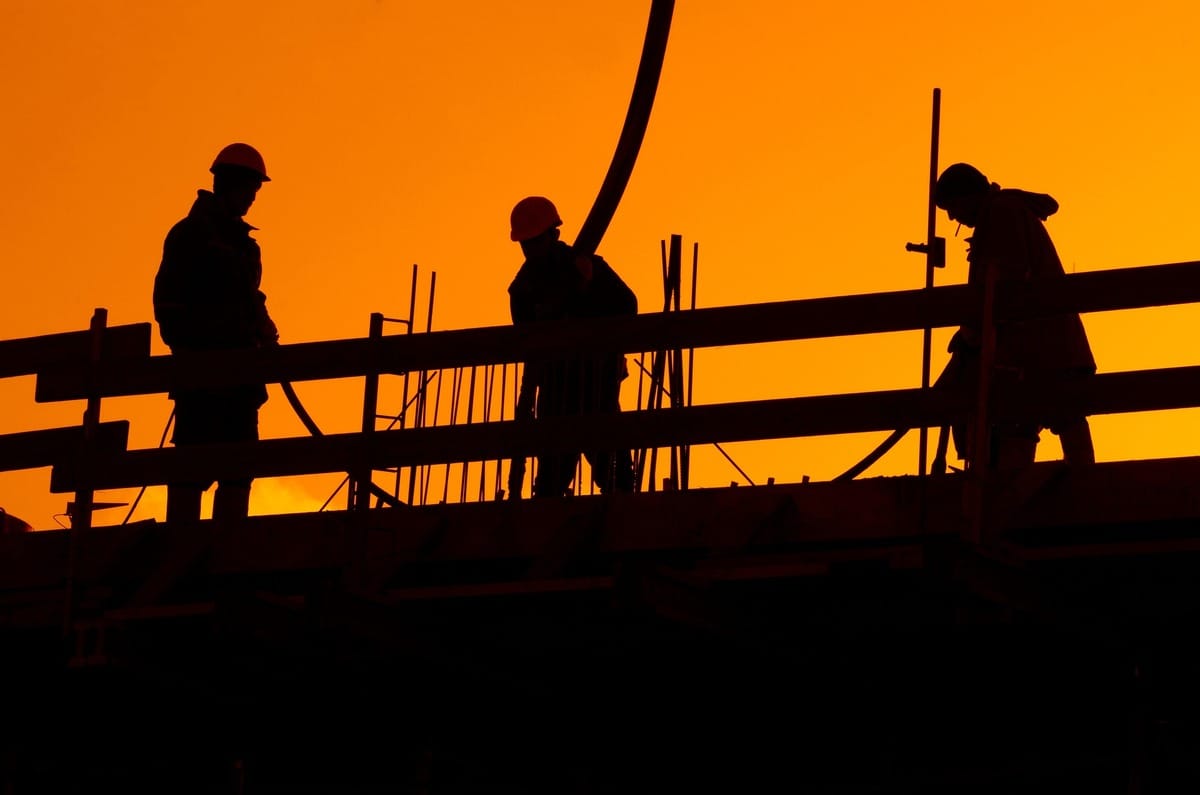- Full Brim Safety
- Posts
- Fall Protection Friday: Glove Selection for Rigging and Grip
Fall Protection Friday: Glove Selection for Rigging and Grip
Full Brim Safety: Build Smart, Build Safe

Fall Protection Friday: Glove Selection for Rigging and Grip
This Weeks Toolbox Talk Attached Below!
Welcome back, let's Build Smart & Build Safe! We’ve spent the week reviewing the technical aspects of hand protection. Today, on Fall Protection Friday, we address the critical link between your glove choice and the safety of your fall protection system.
For fall protection, hand safety is not just about avoiding cuts; it’s about ensuring you can rig, connect, and inspect your lifeline and anchor without error.
The Hazard: Compromised Connection
When working with Personal Fall Arrest Systems (PFAS), the glove itself can become a hazard if it interferes with grip, dexterity, or visual inspection.
Loss of Dexterity: Overly thick, bulky, or poorly fitted gloves (like heavily insulated cold-weather gloves) can prevent a worker from properly feeling the snap hook gate or ensuring the locking mechanism on an SRL is fully seated. A partial or incorrect connection is a fall hazard.
Reduced Grip Strength: Handling components like lanyards, lifelines, or rigging slings requires maximum grip. Worn-out leather gloves or gloves slick with oil or dirt significantly reduce the friction needed for safe handling and control, increasing the risk of dropping material or slipping during ascent/descent.
Glove Selection for Critical Tasks
When working at height or performing rigging, prioritize gloves that offer the best balance of protection and tactile sensitivity:
High-Dexterity for Tie-Off: For connecting your harness, choosing a high-dexterity glove (often one with a higher cut rating and thinner palm coating) allows you to feel the snap hook engage completely.
Cut Protection for Lifelines: Handling galvanized steel cable lifelines, even if they aren't sharp, often requires a glove rated at least A2 or A3 to prevent severe cuts or punctures from broken strands (fishhooks).
Clean Hands for Inspection: Ensure gloves used for inspecting hardware (like clevises or quick links) are clean and not transferring dirt, grit, or corrosives that could compromise the equipment's function over time.
The Rule: If your glove is so thick that you cannot confidently verify your connection by feel, stop and use thinner, high-dexterity safety gloves for the connection, or confirm the connection visually. Never sacrifice the integrity of your fall arrest system for the sake of wearing the wrong glove.
Download Your Toolbox Talk Here!
Don't forget to sign your friends up for Full Brim Safety for your daily dose of construction safety tips!
-The Safety Man

